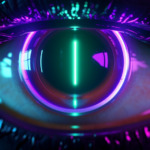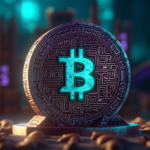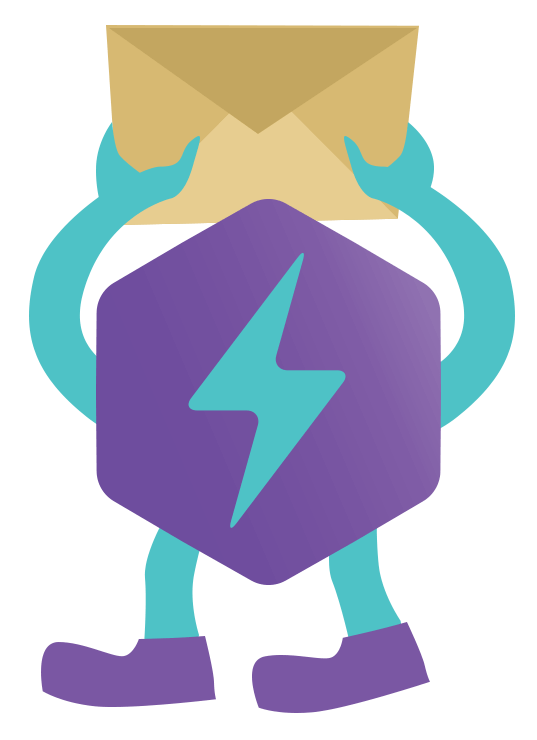Non-fungible tokens (NFTs) have exploded in popularity again recently, but you may still be wondering – what exactly are NFTs and how do they work? This comprehensive guide breaks down everything you need to know as a beginner, from what NFTs are to how they are created, sold, and used.
TL;DR:
- NFTs are unique digital assets signifying ownership, verified on blockchain.
- Unlike fungible assets, non-fungible ones (NFTs) have distinct properties.
- Copying NFT media is possible but lacks blockchain-verified ownership.
- NFTs aren’t just images; they represent a variety of digital assets.
- Working on blockchain, NFTs ensure verifiable scarcity and proof of ownership.
- Types include Art, Profile Pictures, Collectibles, Music, Virtual Land, and Gaming NFTs.
- NFTs bring innovative business models and expanded digital ownership possibilities.
What is an NFT?
An NFT (non-fungible token) is a unique digital asset that represents ownership of a digital or physical item. NFTs are minted on blockchains like Ethereum, meaning each has a unique cryptographic signature that distinguishes it from other NFTs. This makes it non-fungible – not interchangeable with other items because of its unique properties.

Fungible vs Non-Fungible
To understand NFTs, it helps to first understand the difference between fungible and non-fungible assets. A fungible asset is interchangeable and replaceable. For example, any $10 bill can be swapped with another $10 bill.
In contrast, a non-fungible asset has unique properties that make it distinctly different from other similar items. A house or car with unique attributes would be non-fungible assets. NFTs derive their value mainly from their scarcity and uniqueness.
Can’t I Just Right-Click Save an NFT?
An understandable question – if NFTs are just digital files, what stops someone from copying and distributing them freely?
It’s true, anyone can download or screenshot an NFT artwork. But the blockchain provides definitive proof of ownership for the original.
The digital media is not the actual valuable asset – it’s the ownership title verified on the blockchain. The scarcity and authenticity imbue the NFT with value, not necessarily the underlying file itself.
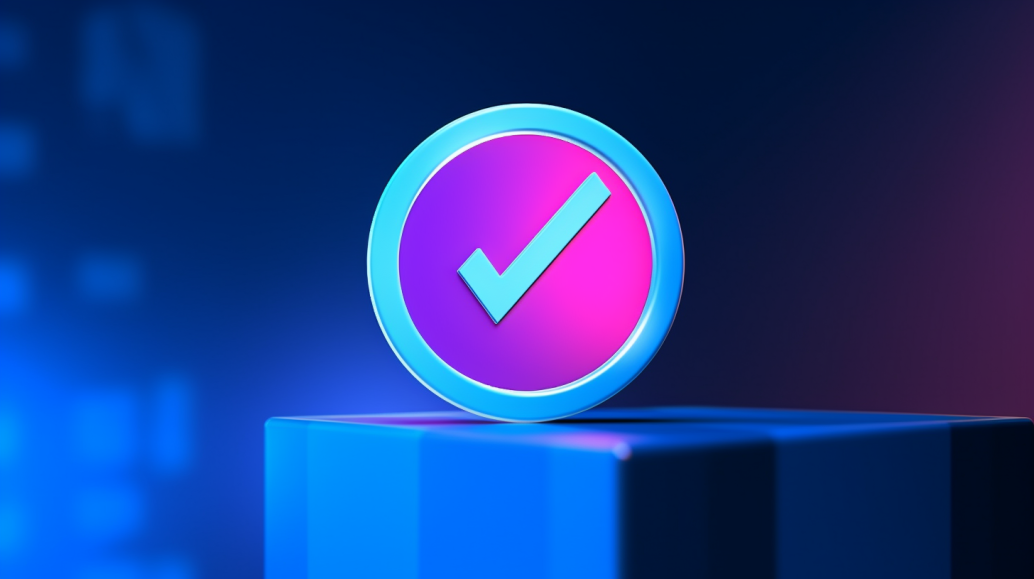
Wait! I Thought NFTs were Just an Image!
NFTs are much more than just images! Here’s a quick explanation:
Remember: the image file is not the actual NFT itself. The NFT is a unique blockchain token that represents ownership of any digital asset, including but not limited to images, videos, music, documents, tickets, virtual land, and more.
The media file is simply something the NFT points to or is associated with. The true value lies in the blockchain-verified certificate of ownership and authenticity for that asset, which can be anything digital. So while many NFTs do represent ownership of an image or artwork, under the hood an NFT is an unique digital token with identifying data recorded on a blockchain ledger. This token can represent a whole array of digital assets beyond a simple image.
The innovation of NFTs is using blockchain to assign provenance and rarity to something inherently reproducible like a digital file. This unlocks new potential for how we exchange, value, and leverage digital assets.
Related: A Beginner’s Guide to Collecting NFTs

How NFTs Work
NFTs operate on the blockchain, a distributed public ledger technology. Instead of a central authority verifying transactions, blockchain networks like Ethereum use decentralized nodes to authenticate activity.
This proof is permanently recorded on the blockchain each time an NFT is minted, sold, or transferred. This creates an unalterable record of ownership and transaction history that can be viewed by anyone.
The data within NFTs themselves varies. Generally they contain identifying information and metadata like:
- A link to the underlying asset being represented, whether digital or physical.
- Owner identification and transaction history.
- Details like timestamps, asset descriptions, serial numbers, etc.
The Impact of NFT Technology
For digital items, NFTs provide key advantages not previously possible:
- Verifiable scarcity – The blockchain allows only a fixed number of NFTs to be minted. This creates digital scarcity and verifiable supply.
- Proof of ownership – The blockchain serves as a ledger definitively showing ownership and provenance.
- Interoperability – NFTs can move seamlessly across different platforms and ecosystems.
- Programmability – Smart contracts enable complex functionality like royalties, loot boxes, fractionalization etc.
This opens up new potential business models and use cases for how we create, market, and exchange digital items.
Related: New Payment Options Make NFT Purchases Even Easier

Popular Types of NFTs
While NFTs can represent anything, some common categories have emerged:
- Art NFTs – Digital art pieces including drawings, 3D sculptures, photography, and more. Provides a way to sell and collect digital art.
- Profile Picture (PFP) NFTs – Images used as social media avatars and identifiers. Owning grants community access.
- Collectibles – Digital versions of physical collectibles like sports cards with dynamic attributes.
- Music – Songs, albums, or music-focused experiences like virtual concerts.
- Virtual Land – Ownership of virtual real estate in metaverse worlds.
- Gaming – In-game assets like character skins, weapons, supplies. Can be used across games via interoperability.
This list just scratches the surface as more use cases emerge over time across many industries.
Related: What Is An NFT Domain?
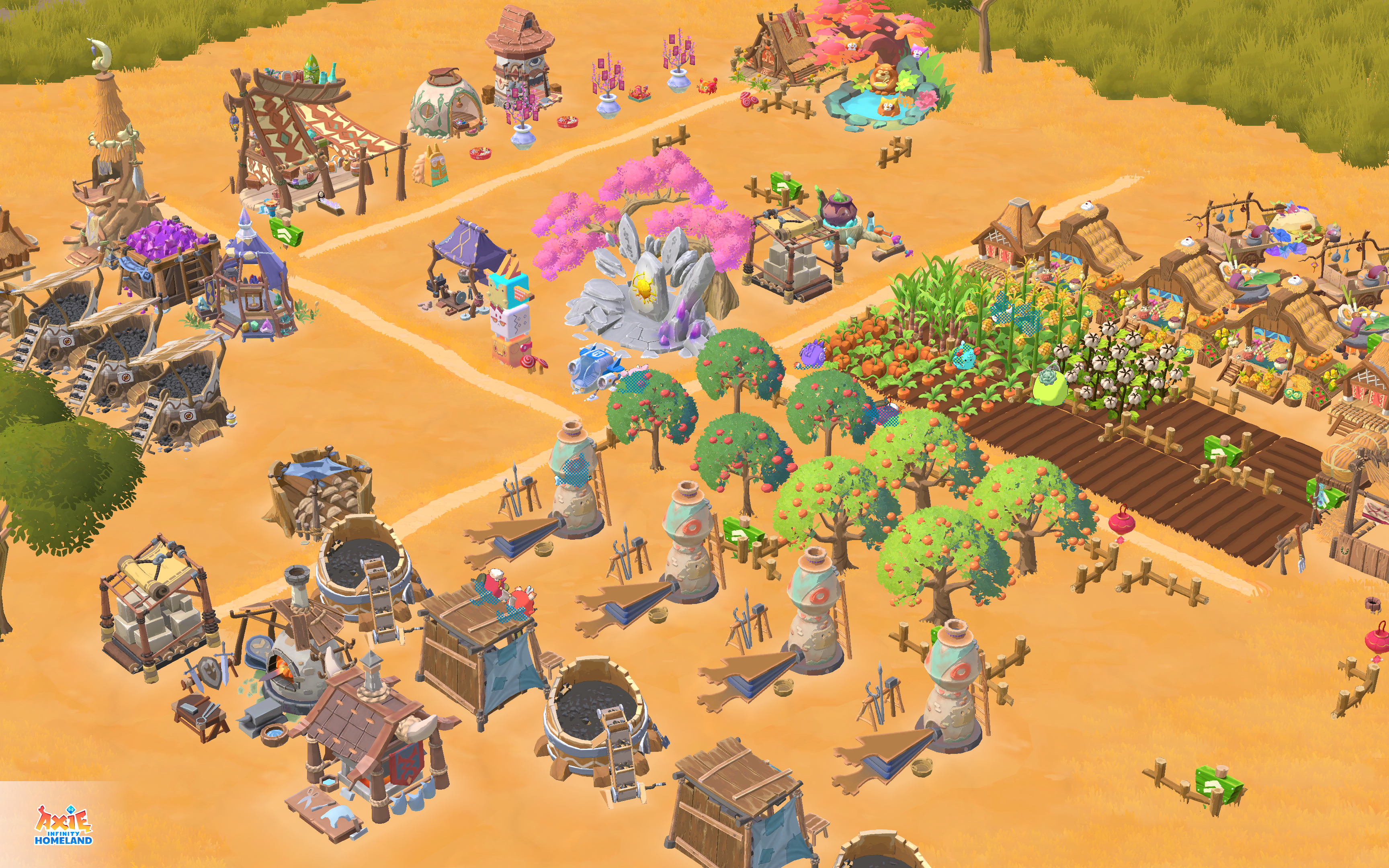
Summary
NFTs represent an evolution in how digital assets can be uniquely identified and provably owned. While the technology is still early, NFTs are already demonstrating profound new potential business models and use cases across many industries.
The key innovation is using blockchain to make digital items verifiably scarce, mutable, and interoperable as never before possible. As technology improves, NFTs have the potential to fundamentally transform digital ownership, economics, and creativity.
Read Also: Purchasing NFTs Just Got Easier – Use Your Credit Card – Not Crypto





